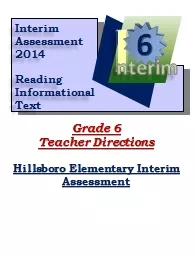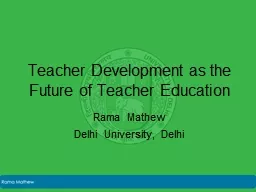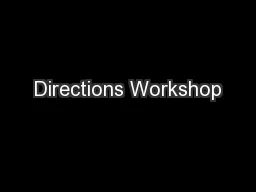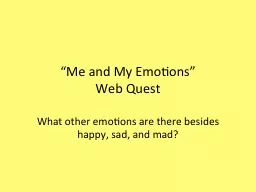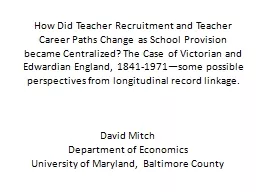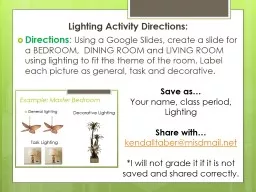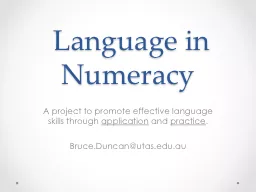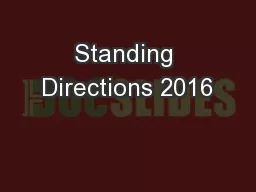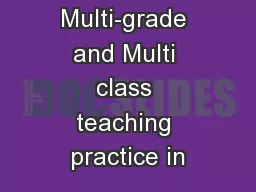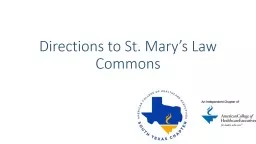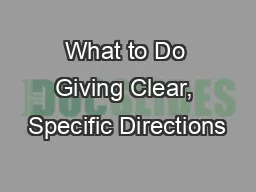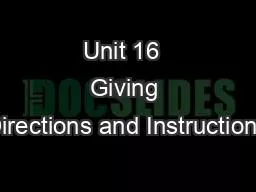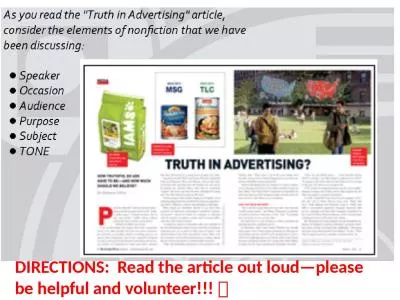PPT-1 Grade 6 Teacher Directions
Author : quorksha | Published Date : 2020-08-04
Hillsboro Elementary Interim Assessment Interim Assessment 2014 Reading Informational Text nterim 6 2 Interim Assessment Awesome Team Members Writers and Editors
Presentation Embed Code
Download Presentation
Download Presentation The PPT/PDF document "1 Grade 6 Teacher Directions" is the property of its rightful owner. Permission is granted to download and print the materials on this website for personal, non-commercial use only, and to display it on your personal computer provided you do not modify the materials and that you retain all copyright notices contained in the materials. By downloading content from our website, you accept the terms of this agreement.
1 Grade 6 Teacher Directions: Transcript
Download Rules Of Document
"1 Grade 6 Teacher Directions"The content belongs to its owner. You may download and print it for personal use, without modification, and keep all copyright notices. By downloading, you agree to these terms.
Related Documents

